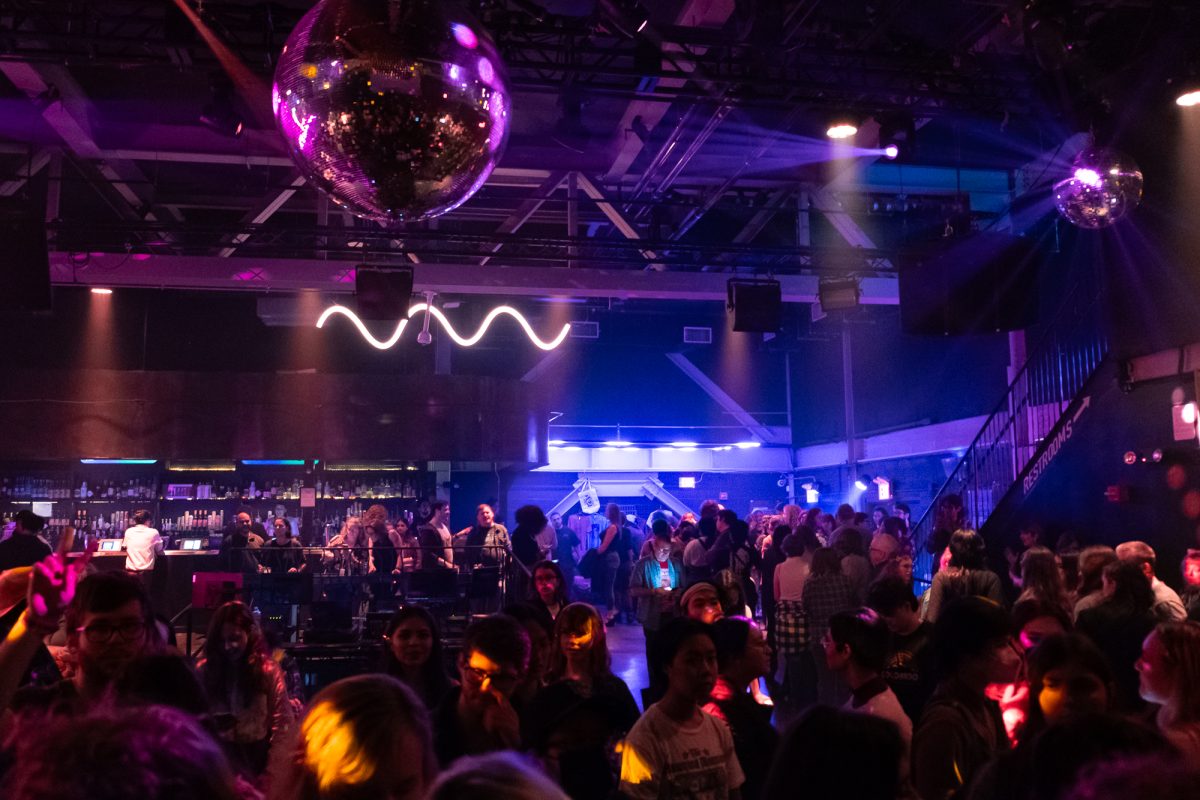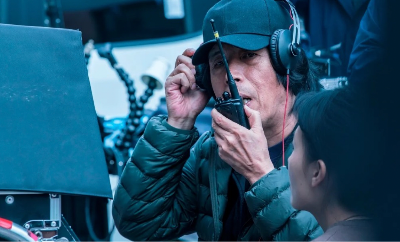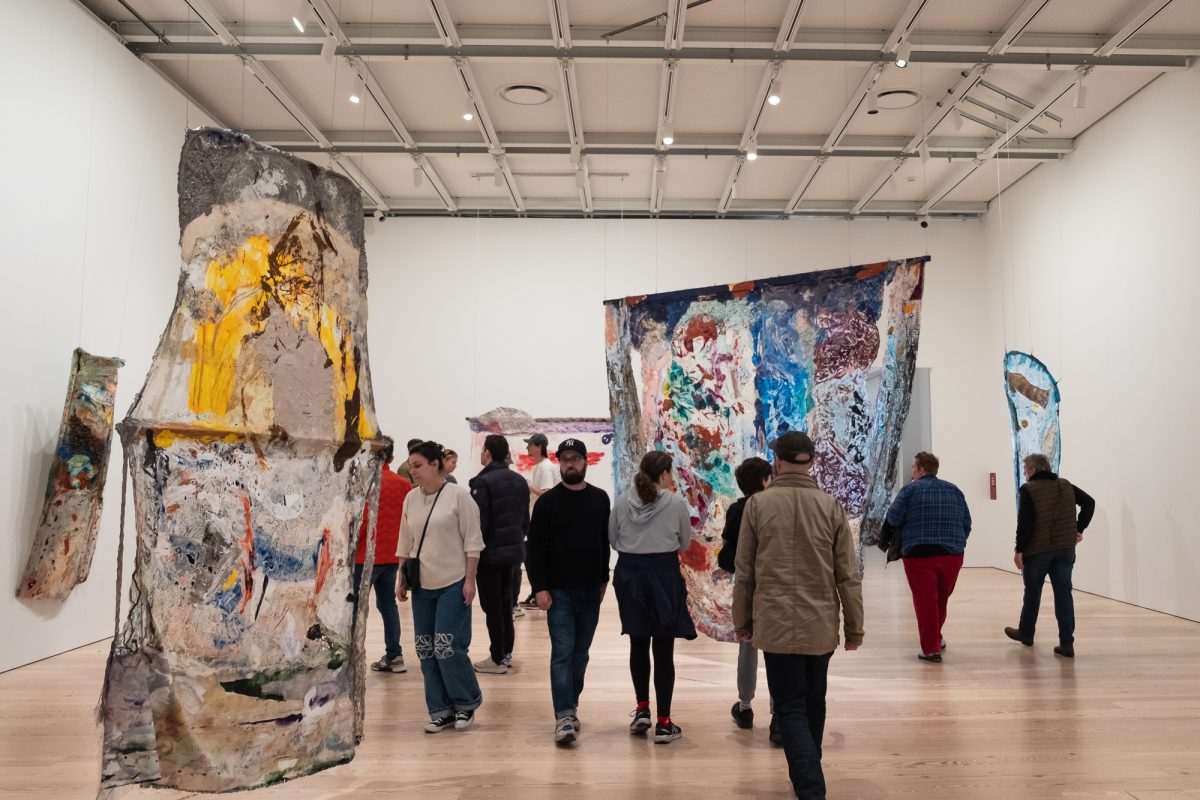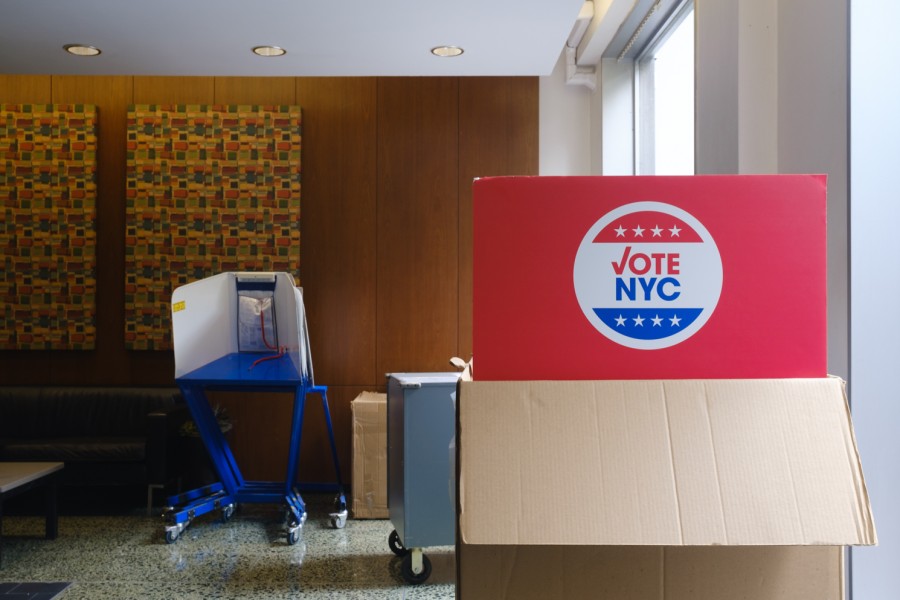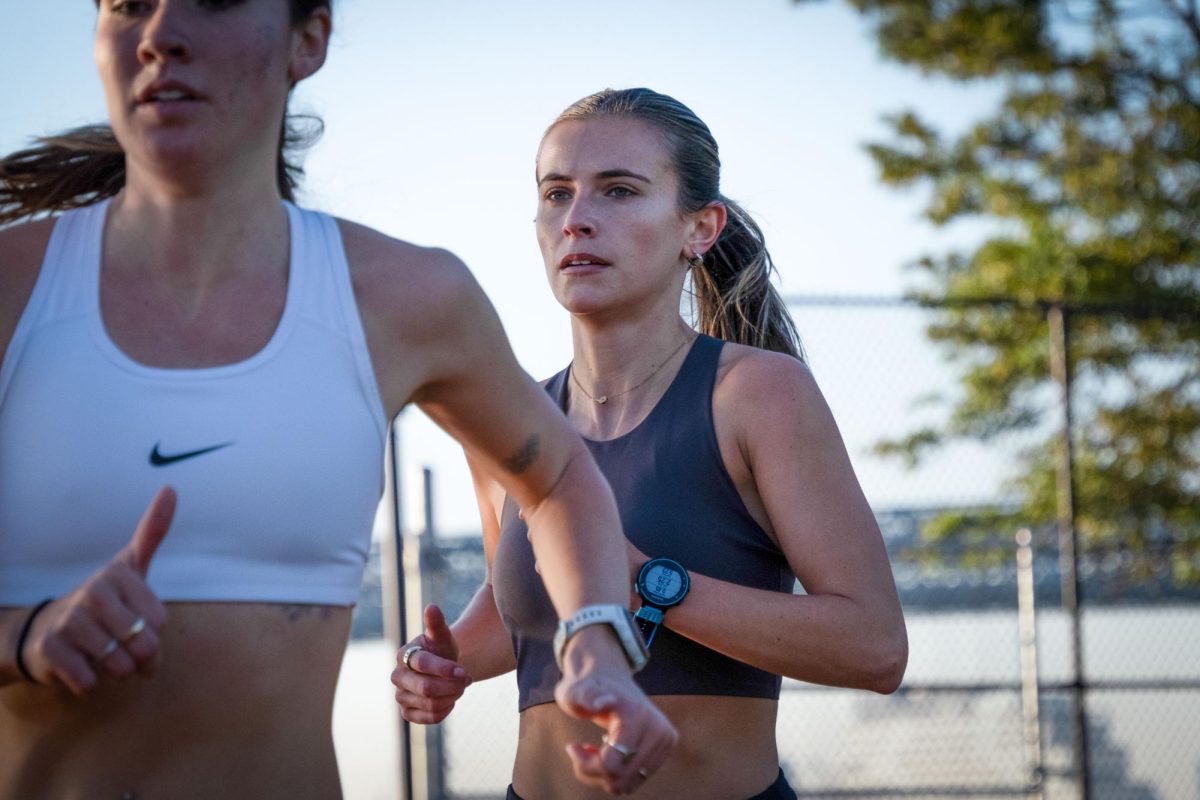Sexual Harassment in Fashion
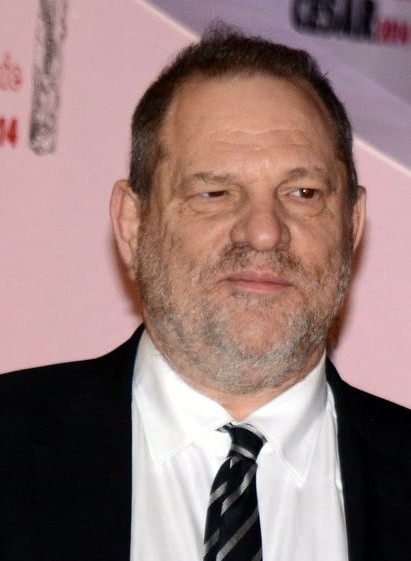
Famous producer Harvey Weinstein has been accused of multiple occasions of abuse from multiple actresses. These stories started the trending #MeToo campaign, where women share their experiences of abuse.
October 30, 2017
#MeToo. Two simple words have shaken the internet, the movie industry and everyone watching the never-ending stories regarding Harvey Weinstein’s long pattern of abuse. This powerful hashtag has extended past Hollywood, though: people everywhere, in every industry, are speaking out. As a letter by women working in Illinois government aptly put it, “Every industry has its own version of the casting couch.” The fashion industry is no exception, and it now has its own hashtag: #myjobshouldnotincludeabuse.
American model Cameron Russell started the hashtag after a friend of hers asked her to share her story anonymously on Instagram. In the caption of her friend’s story, Russell wrote that “on many occasions I’ve been called a feminist for reporting unwanted groping, spanking, pinching, pressure for dates, phone calls and texts of a sexual nature, lack of appropriate changing areas, etc. And because the response has always been, ‘Are you surprised?’ or, ‘That’s part of the job,’ I tolerated them.” However, in light of the women coming out about Weinstein, she thought it was about time models “begin breaking the silence while remaining protected.”
Since her first post on Oct. 12, Russell has posted about 80 separate stories from anonymous models about their experiences with sexual assault that have mostly been perpetrated by photographers. Portuguese model Sara Sampaio used the hashtag and came out with her own story of abuse. The #MeToo and #myjobshouldnotincludeabuse campaigns and the new willingness to speak up and put a foot down in massive numbers have had far-reaching consequences: Condé Nast, Bulgari and Valentino all announced they would stop working with photographer Terry Richardson. At least 10 different models have reported being sexually assaulted by Richardson in recent years, which resulted in a boot from women’s magazines. However, until just now, he still found work with major fashion houses, such as Marc Jacobs and Tom Ford.
So why are such blatant predators still allowed to work, and in Richardson’s case, thrive in the fashion industry? Is it because the industry is built on the objectification of beautiful bodies?
“When we go on set, we enter into an unspoken contract: for that day we give our bodies and our faces over to the photographer, stylist, hairdresser, makeup artist,” model Edie Campbell said. “We give up ownership for that day. The power imbalance is huge, and the duty of care to that model is even greater as a result.”
This transferral of ownership seems inevitable: shoots must have stylists, hairdressers, makeup artists and photographers to get the model to the shot. So how do we fix problems like sexual assault in a system with an embedded power imbalance?
Hopefully these hashtag movements and powerful stories become a watershed moment in the industry. Hopefully they give power back to the models and away from abusers like Richardson, and hopefully models will continue to speak out against them.
“Fashion must name its own predators,” Caryn Franklin, former fashion editor of i-D, wrote in a Refinery29 article. “With agreement from us all that, from this moment on, complicity is the epitome of uncool.”
A version of this article appeared in the Monday, Oct. 30 print edition. Email Amelia Henry at [email protected].


































